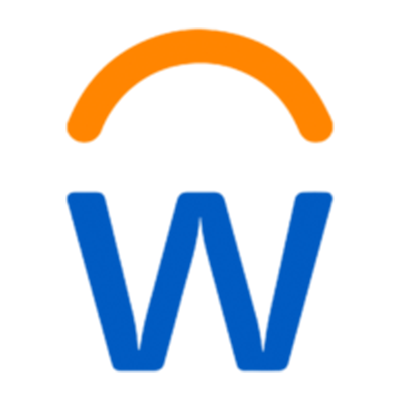Learning in progress
Innovations and insights in edtech.

Assessment, AI, and the race for the future
Learnosity CEO Gavin Cooney explains the generational opportunity AI represents for learning and assessment—and how Learnosity is already shipping its customers’ AI roadmaps.
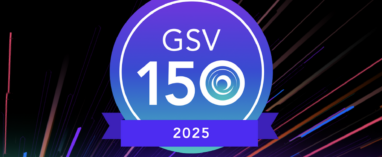
Learnosity named to the 2025 GSV 150: the most transformational growth companies in digital learning and skills
Learnosity has been named to the highly-anticipated 2025 edition of the GSV 150, GSV’s annual list of the top 150 private companies transforming digital learning and workforce skills.
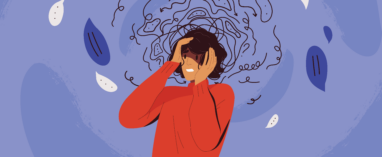
How AI essay grading can remedy the high costs of teacher burnout
The costs of teacher turnover underline the profound value of the profession—and make viable solutions a priority. Here, Learnosity Product Manager Monet Slinowsky runs the numbers and traces the path ahead.

Learnosity named on TIME Magazine’s inaugural list of the World’s Top EdTech Companies
Learnosity, the global leader in digital assessment solutions, has been ranked 16th on TIME Magazine’s inaugural list of the World’s Top EdTech Companies. The Dublin-based…

With great power: AI innovation, DEI, and responsibility
Learnosity EVP John Kleeman, on the importance of responsibility in a fast-moving AI world, why DEI is a double-edged sword, and the transformative potential of AI-powered learning.
Principles
View all Principles articles
AI regulation: A framework for the future
Learnosity’s VP of Legal and Privacy, Jamie Armstrong, breaks down the key elements of the EU’s AI regulations, and gives his take on their import and impact.

The EU AI Act: A blueprint for “human-centric” AI is on the way
AI is a fast-evolving field. Here, Learnosity's VP of Legal and Privacy, Jamie Armstrong, gives an overview of the EU’s emerging efforts to regulate its development.

AI and assessment: The product perspective
Neil McGough, Chief Product Officer, offers his thoughts on the importance of user feedback in creating an AI-enabled product experience that offers real value.

AI and assessment: The industry insider’s view
Having worked at the intersection of assessment and technology for close to three decades, Learnosity EVP John Kleeman has seen countless trends come and go. Here, he talks about the truly game-changing innovations he’s seen, and how AI has the potential to take its place among them.

AI and assessment: The CEO perspective
Learnosity co-founder and CEO Gavin Cooney shares his thoughts on the potential and pitfalls of AI, Learnosity’s AI product, and the importance of adaptability.

Six technology trends in standardized testing
Standardized testing is undergoing a miniature renaissance, emerging as something more personalized and less uniform. John Kleeman explores the technology trends effecting this change.
Process
View all Process articles
Adapting to thrive: How AI rewrote Learnosity’s DNA for a new era of learning
Learnosity CEO Gavin Cooney and CPO Neil McGough dive into the company’s bold approach to AI in assessment. They discuss Learnosity’s swift adaptation to the…
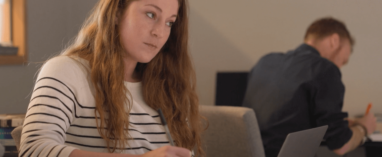
AI meets UX: Designing a human-centric, AI-powered authoring experience
Because Learnosity believes AI is a force for good, we want to deliver a product that’s impressive enough to win over even the staunchest of skeptics. To achieve that goal, we need to design a first-rate experience that guides users into this brave new world with confidence.

“Building the bullseye”: How product demos can address diverse prospect needs
Keeping things simple by focusing on what’s important is how you demonstrate both understanding and compatibility with a client's needs.

Lighting the unknown: How reporting can guide the way for learning
Reporting has traditionally been an underserved area in learning, but for Learnosity Product Manager Nick Hutton, data allows individuals to build a clearer picture of how they’re doing and where they can improve.
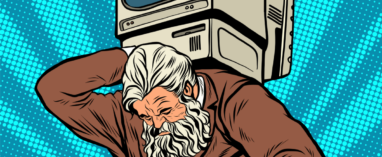
Scaling in the time of COVID: How we run load tests at Learnosity
Senior Software Engineer Olivier Mehani on running a load test to keep Learnosity’s system performant in the face of dramatic user growth.

Infrastructure as code: Successfully scaling to new heights
How do you prepare a product to meet the demands of a rapidly growing user base? Meet someone who knows. Alan Garfield is a busy…
Product
View all Product articles
AI in assessment: how artificial intelligence injects real wonder into learning experiences
Mark Lynch, Learnosity co-founder and Chief Strategy Officer, on AI and its transformative effect on the assessment experience—its rapid advancement, impact on teacher productivity, and…
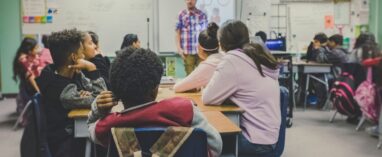
Excellence + equity: how California’s new math framework is trading tradition for transformation
How math is taught in California’s schools is set for a major change—and it’s coming soon. The catalyst for this change was the recent approval…
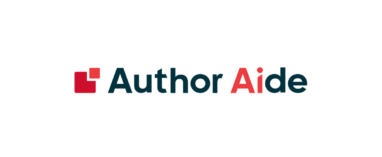
Learnosity launches Author Aide, a new AI-powered tool that makes exam question creation 10 times faster
New AI authoring tool will dramatically change test creation, making it up to 10 times faster than traditional methods. Learnosity creates a unique opportunity to…

How adaptive testing can fill post-pandemic learning gaps
More edtech platforms are using adaptive learning to get personal with their learning loss recovery plans. Here are four customer examples we’ve seen.

Math literacy and metacognition: Swapping repetition for reflection
STEM Product Manager Kathleen Hake looks at the role of metacognition in promoting math literacy and how assessment for learning must evolve.

What 39.3 million learners taught us about the future of assessment
In October 2020, Learnosity delivered 2.15 billion questions to millions of students as digital assessment provided a lifebuoy for an industry in crisis. Here's what we learned.
People
View all People articles
AI Labs profile: Sean McCrossan
AI is changing how we think about and build learning products. Learnosity’s AI Labs is the team tasked with rising to the challenge. Here, data…

Our people: Kate Hake
Kate Hake is a Product Manager at Learnosity focusing on the K12 and Higher Ed markets. Here, she talks about career change, steep learning curves, and the many wonders of the great outdoors.

Our people: Monet Slinowsky
Whether it's digging into customer solutions or exploring the hiking trails near her home city of Toronto, Learnosity Product Manager Monet Slinowsky likes a good adventure.








